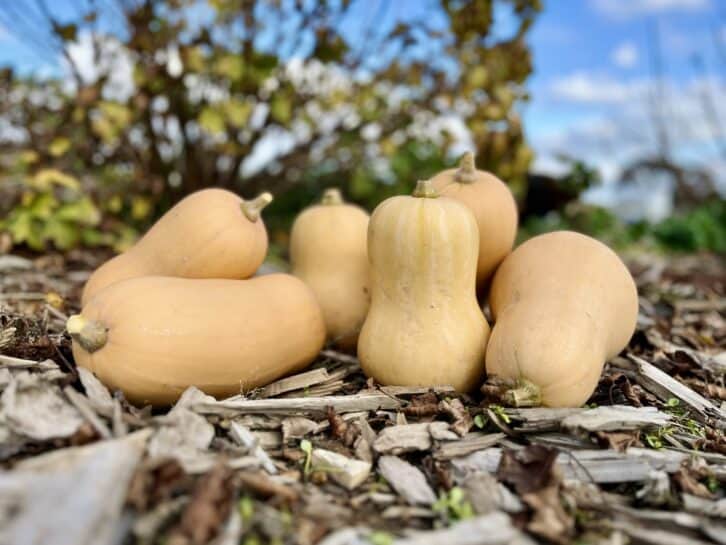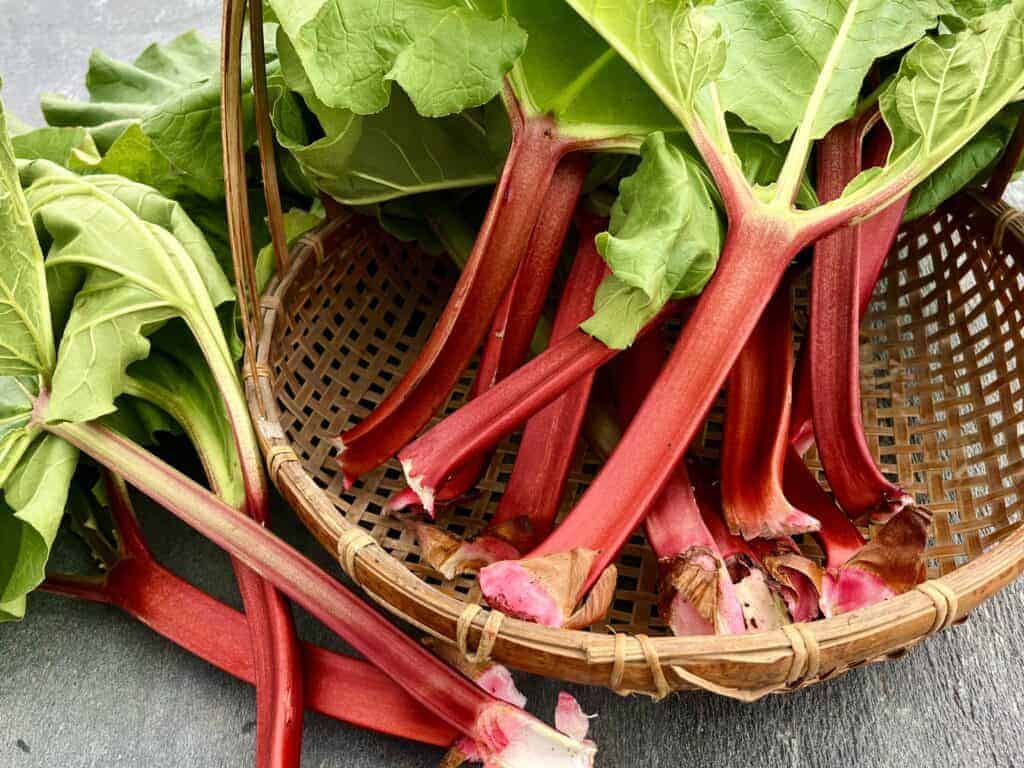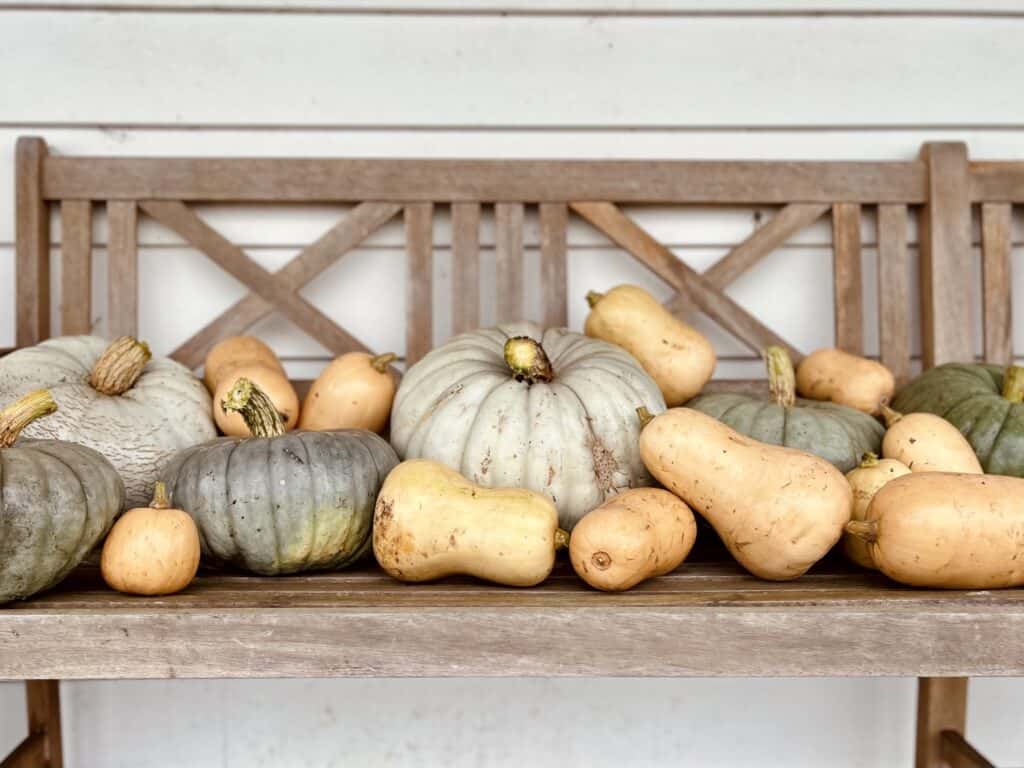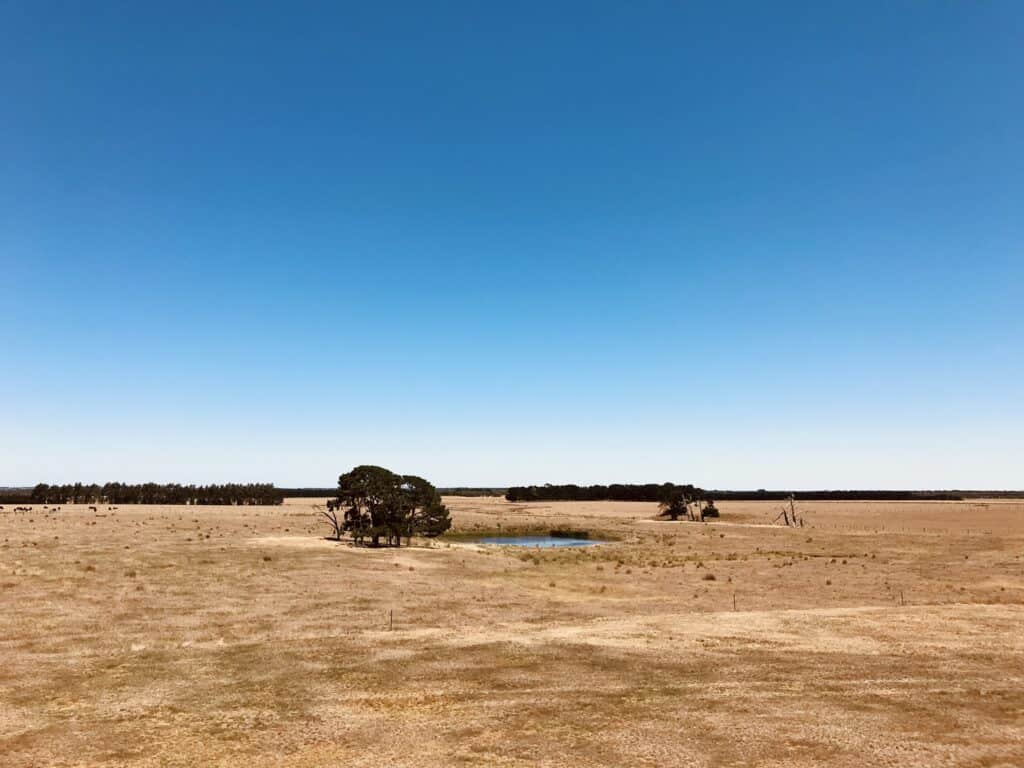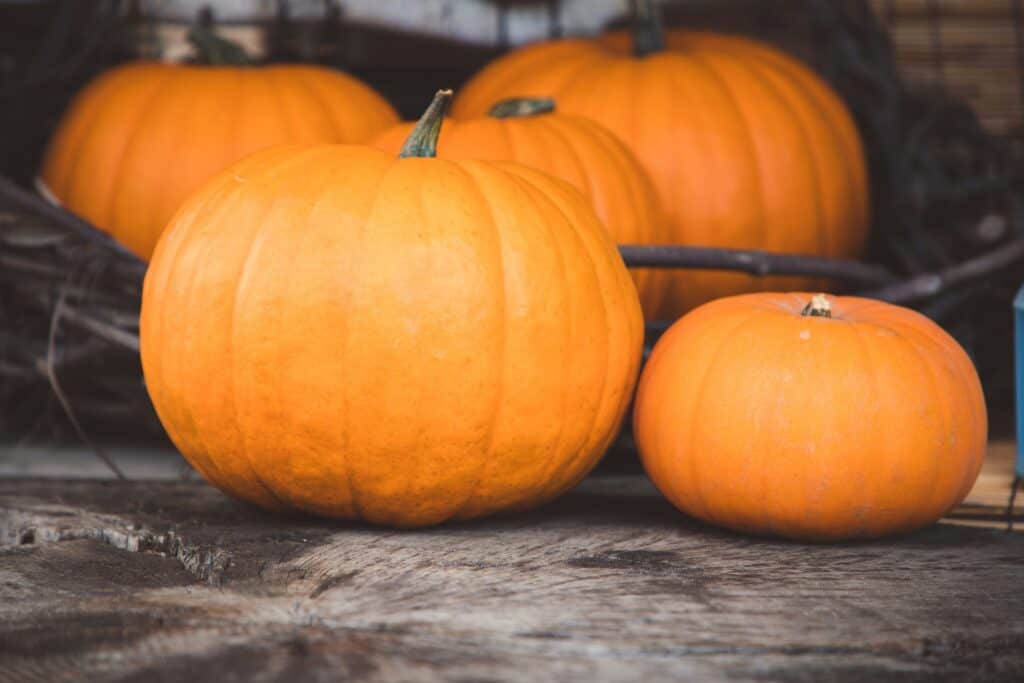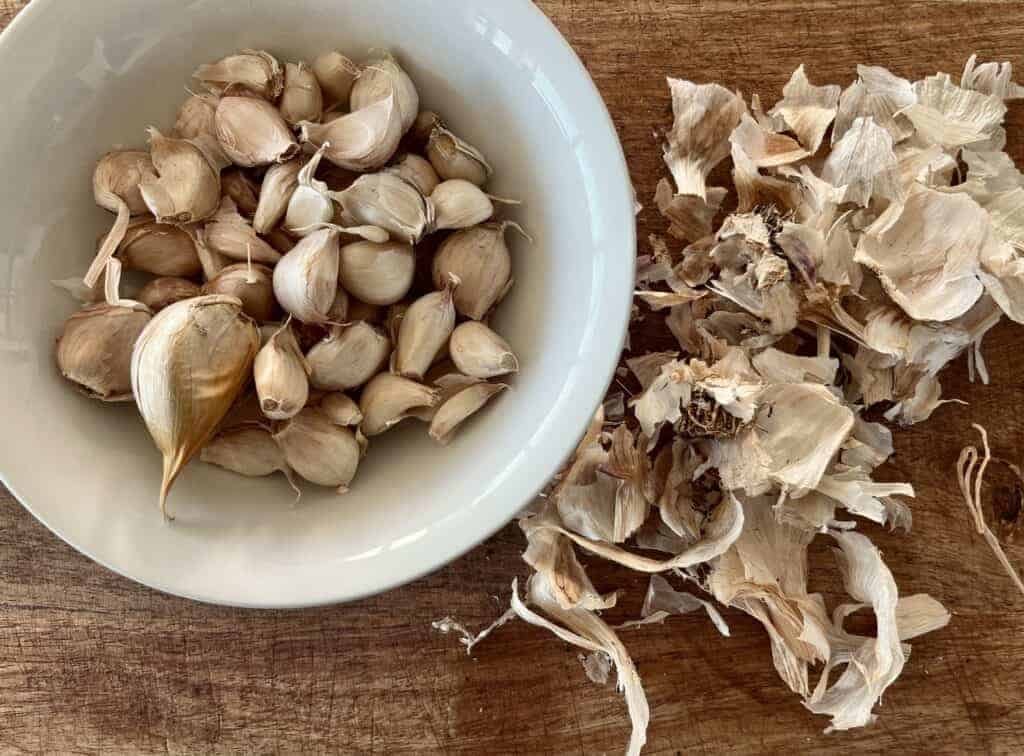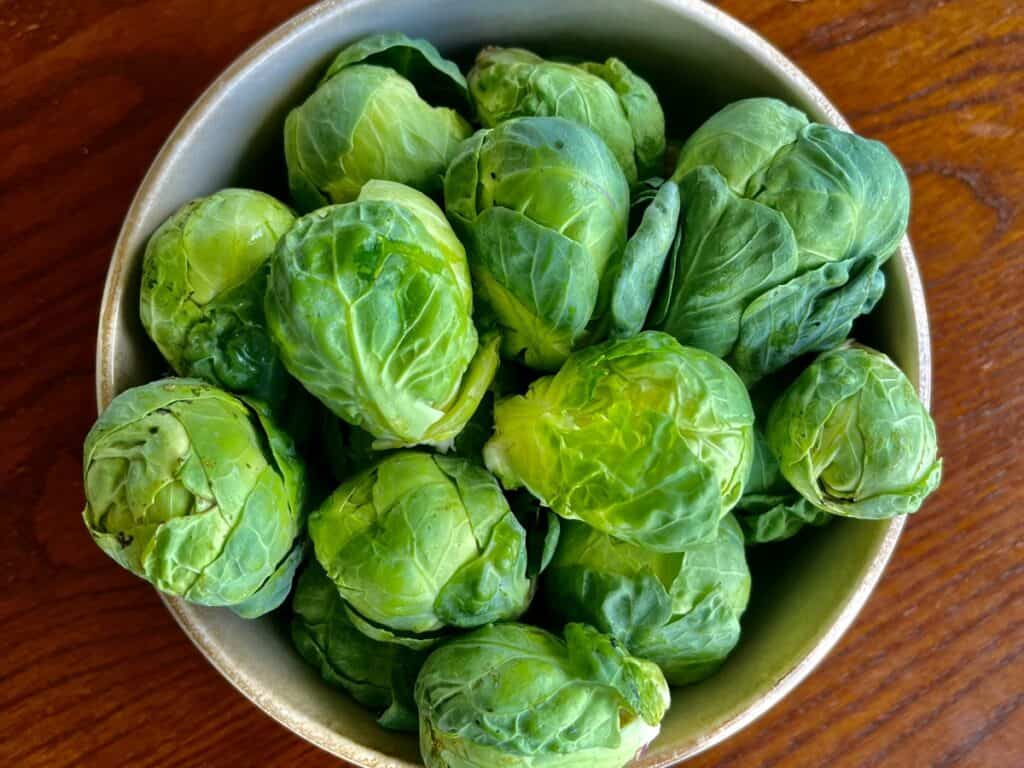Pumpkins are one of the easiest crops to grow in your home garden with varieties available to suit most soil and climate types. However, no matter how much planning and care you put into your pumpkins at some point you are likely to come up against one or more of these common pumpkin problems.
The first step in avoiding potential pumpkin problems is selecting the right variety for your climate. Make sure to take note of the description on the plant tag or seed packet and read my post on Pumpkin Varieties to Grow.
Step two is ensuring you have sowed seeds or planted vines using the correct method and during the most opportune period of weather. Read my Pumpkin Grow Guide for instructions on sowing, growing and harvesting pumpkins.
Lastly take a read through the following common pumpkin problems, pests and diseases to identify and rectify specific issues with your crop.
Pumpkin seeds have not germinated
In the right environment pumpkin seeds generally germinate within 1 to 2 weeks of sowing. There are a few reasons why your seeds might not have germinated.
The ambient or soil temperature is to cold
If this is the case the seeds are likely to germinate slowly or remain dormant in the soil. While the ideal germination temperature for pumpkin seeds is 20°C – 30°C (70°F – 85°F), seeds will still germinate but at a slower pace in temperatures as low as 15°C (60°F). If your seeds haven’t germinated don’t despair; as the temperature begins to rise the pumpkin seeds will break dormancy and germinate of their own accord.
The seeds are old
Pumpkin seeds have a long shelf life and some can remain viable for 4 years and beyond. This doesn’t change the fact that all seeds deteriorate over-time when in storage, affecting germination viability. Old seeds can be hit and miss so always plant new seeds alongside older ones to increase your strike rate.
Water – to much and to little
Water is one of the crucial components in breaking seed dormancy. With too little water seeds will remain dormant in the soil or die midway though germination. Overwatering on the other hand can cause the seed to rot. Keep the soil moist but never soggy after sowing seeds.
There is no fruit on the pumpkin vine
Pumpkin vines produce both male and female flowers. The pumpkin fruit itself develops from the female flower after it has been pollinated by the male flower. Generally pollination of the pumpkin flower occurs via insect pollination (entomophily).
Sometimes the vine can be in flower but no fruit is forming. There are a few reasons this may be the case.
The vine hasn’t started producing female flowers
Initially young pumpkin vines will produce male flowers only. These flowers bloom for a single day before falling off.
Female flowers start to bloom around a week after the first male flowers bloomed, signifying the first opportunity for pollination and fruit set.
To much or to little water
Ensure vines are well watered, the soil kept moist but never wet. A covering of pea straw or similar mulch can assist with soil water retention.
No insect pollinators around
Without insects in your garden pollinating your flowers you won’t have fruit develop. If this is the case, pumpkin flowers can be pollinated by hand.
Too do this you’ll first need to be able to distinguish male from female flowers. Looking at the point where the flower meets the stem; a round fruit shaped bulge (ovary) denotes a female flower while a straight stem is that of a male flower. Using a small paint brush or cotton bud gently touch the anther in the middle of the male flower, collecting pollen. Move directly to a female flower and gently touch the stigma in the centre of the female flower with the brush or cotton bud.
Another method of hand pollination is to remove the male flower from the vine and simply shake it over the female flower or gently press the anther against the female stigma.
Splitting pumpkins
Splitting pumpkins is often a sign of irregular or excessive watering during the later stages of fruit development. Reduce watering as the fruit matures.
Pumpkin vine with powdery looking leaves
This would have to be the most common pumpkin problem for gardeners. Powdery Mildew is the result of fungal spores reproducing and appearing as white powdery spots on the leaves of pumpkin vines, with severe infections leading to the leaves yellowing and prematurely dying.
Powdery Mildew generally occurs when the environment is damp or humid and the vine struggles with adequate air circulation. Pumpkins planted in areas that are shaded are more likely to be infected by Powdery Mildew than those planted in a sunny spot.
To avoid or reduce the severity of Powdery Mildew, water the vine in the morning and at its base, avoiding wetting the leaves. Remove infected leaves and some of the larger leaves that may be prohibiting air circulation. Don’t plant pumpkin vines in the same location the next season if Powdery Mildew is present as it can survive in the soil.
Powdery Mildew is rarely fatal but can result in reduced yields. Specific fungicide sprays are available to help control Powdery Mildew but it is not generally necessary and chemical sprays should be avoided when possible.
Pumpkins rotting from the bottom
Both soil bacteria and wet conditions can cause pumpkins that are in contact with the soil to begin to rot from the bottom.
Prop the pumpkins up on a piece of wood or similar to remove its direct contact to the soil. You can also spread a layer of mulch under the pumpkin to achieve the same result.
Pumpkin vine just isn’t thriving
If your pumpkin vine just doesn’t seem to be thriving there are a few things to consider:
Sunlight
Pumpkins need at least 6 hours of sun a day to become productive and high yielding vines.
Neighbours
Potatoes make a problematic neighbour for pumpkin. They deplete the soil of the nutrients pumpkin vines need to produce their large fruit.
Food
Although pumpkins are adaptable when it comes to soil type, they are heavy feeders and providing fertiliser or compost will provide the nutrients needed for the pumpkin vine to thrive.
Most pumpkin problems are easily corrected by altering our approach to growing them, choosing the right location and taking some precautionary steps to reduce the potential for problems to arise.
Share
